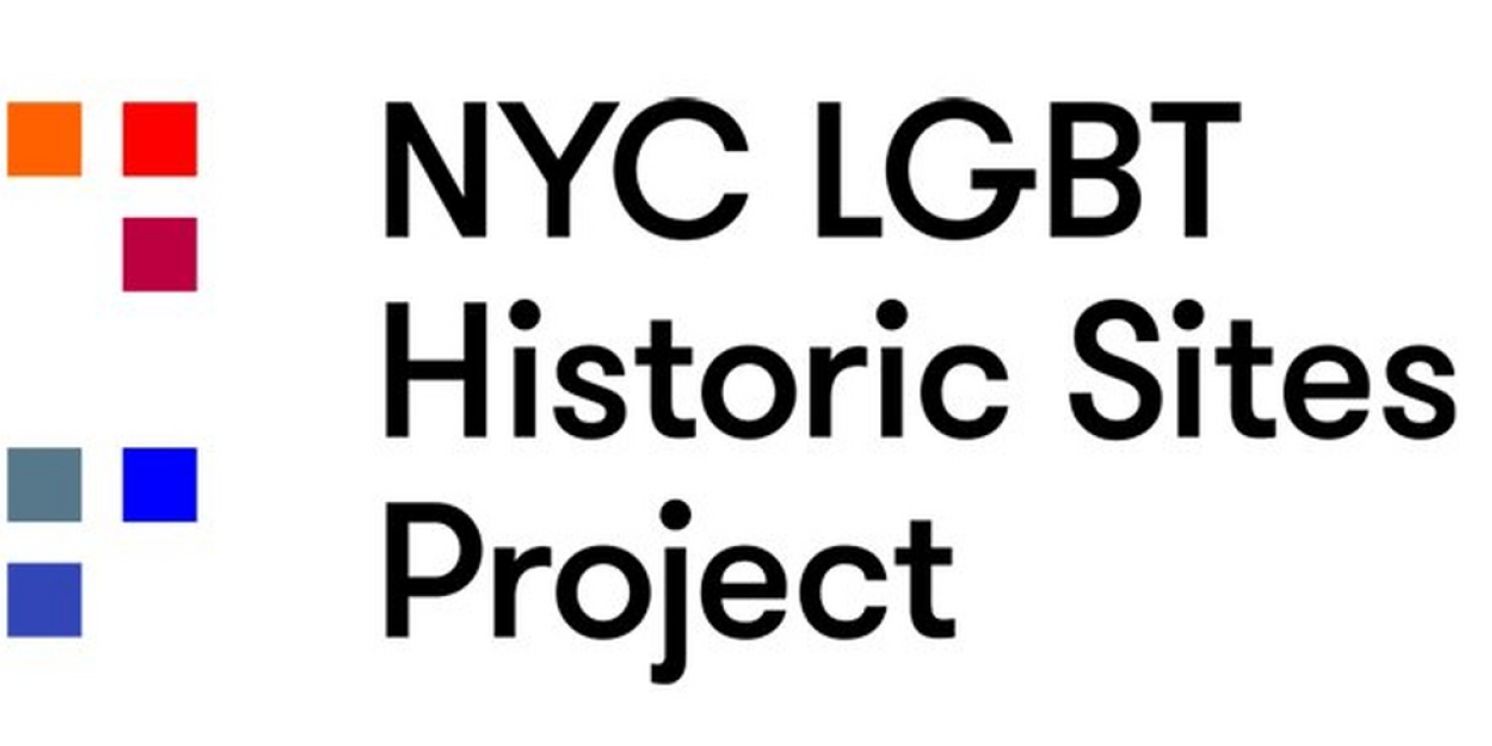LGBT Historians Partner with Bloomberg Connects to Create Free Audio Tour of Stonewall and Surrounding Sites
The Project's content on the app features stories and historic images of LGBT historic sites — residences, bars, bookshops, community spaces, public places, and more.

The NYC LGBT Historic Sites Project, an award-winning initiative committed to documenting and presenting historic sites connected to the LGBT community throughout New York City, has announced the launch of their featured audio tours and more on the Bloomberg Connects mobile app.
"We're thrilled to be among the newest cultural organizations and institutions invited to share on the Bloomberg Connects mobile app. Our digital guide has the power to immerse you in NYC's LGBT history, from anywhere in the world." — Amanda Davis, manager of the NYC LGBT Historic Sites Project
The Project's content on the app features stories and historic images of LGBT historic sites — residences, bars, bookshops, community spaces, public places, businesses, and more. Engaging audio and video clips from the Project team, leading LGBT scholars, and activists who made LGBT history immerse you in history, from anywhere in the world.
Take a self-guided audio tour in the vicinity of Stonewall National Monument, or explore thematic tours focusing on 1970s lesbian activism and transgender history (with more in development). Virtually visit the physical locations and streetscapes where LGBT history was made.
Ellen Broidy, activist and co-planner of the first ever Christopher Street Liberation Day March (today's Pride March). "Craig [Rodwell] suddenly said, 'it's time to take some direct action.' The more we talked, the clearer we could see the beginnings of what could be a mass movement."
Author Hugh Ryan speaking about the extant Jefferson Market Courthouse and (since demolished) Women's House of Detention. As Hugh shares, queer women and people who today might identify as nonbinary or transgender were prosecuted for "failures of femininity."
Trailblazing gay rights activist Randy Wicker, who participated in the consequential "Sip-In" at Julius' bar in 1966: "This was the first time a gay organization had publicly challenged the laws and regulations that forbid homosexuals to have access to public accommodations. It was against the liquor laws of New York State to allow any homosexuals to assemble or to be served alcohol in a bar."
Project co-director Jay Shockley, sharing the events of the Snake Pit raid, which led to 167 gay men being arrested by the NYPD and one young man impaled on an iron fence: "Any way you look at it, that boy was pushed!! We are all being pushed."
Project manager Amanda Davis, on the Oscar Wilde Memorial Bookshop, founded and owned by an "unsung hero of the LGBTQ rights movement," Craig Rodwell. In the face of mainstream propaganda that said being LGBTQ was wrong, one could walk into the Bookshop "and read books that are saying exactly the opposite [which] must have been so incredible."
Project co-director Ken Lustbader, narrating your visit to the Stonewall Inn, the site of the history-changing uprising in June 1969: "When you oppress people for so long, when you tell them that their lives aren't legitimate, and you tell them that their identity isn't real, it only takes a little moment to have an explosive response."
LGBTQ+ activism didn't begin at Stonewall, and it didn't end there either.
It's location in Greenwich Village is key in placing the 1969 uprising in LGBTQ+ history. An early "gayborhood," the Village has been an important epicenter of LGBTQ+ life in New York City for well over a century.
In the pre-Stonewall years, amidst an atmosphere of fear and repression, gay bars and other social gathering spaces were crucial in creating a sense of community and brewing political agitation. Though discrimination remained post-Stonewall, the gay liberation era of the early 1970s ushered in a new wave of unapologetic activism and increased visibility.
About the NYC LGBT Historic Sites Project
The NYC LGBT Historic Sites Project, launched in 2015 by preservation professionals, is an award-winning cultural heritage initiative and educational resource documenting and presenting historic sites connected to the LGBT community throughout New York City. Its website, including an interactive map, features 450+ diverse places from the 17th century to 2000 that are important to LGBT history and illustrate the community's influence on NYC and American culture.
The project researches and nominates LGBT sites to the National Register, advocates for the official recognition of LGBT historic sites, provides walking tours (also accessible through a free-app), presents lectures, engages the community through events, develops educational programs for New York City public school students, and disseminates its content through robust social media channels. Its goal is to make an invisible history visible while fostering pride and awareness. www.nyclgbtsites.org
Videos

